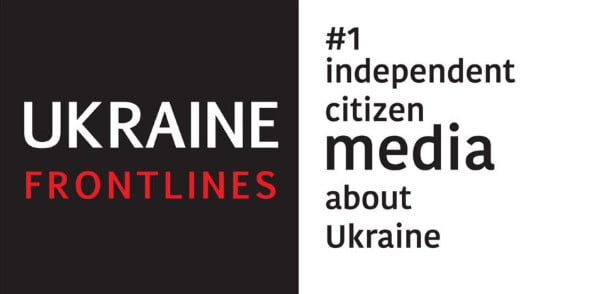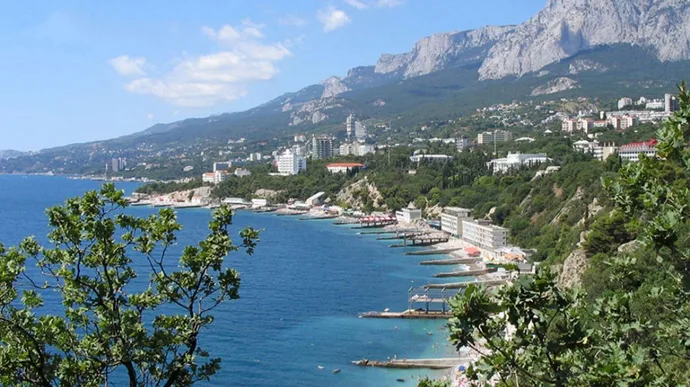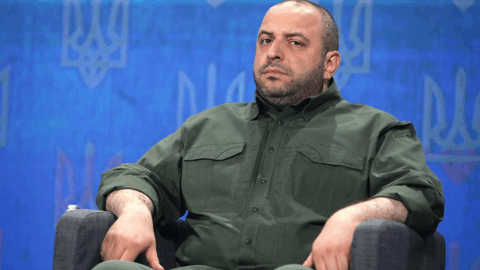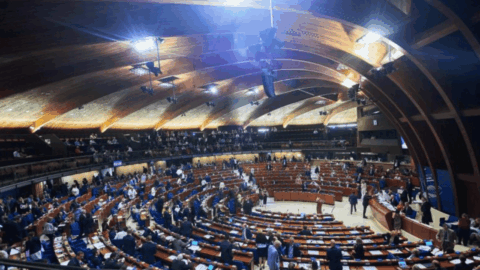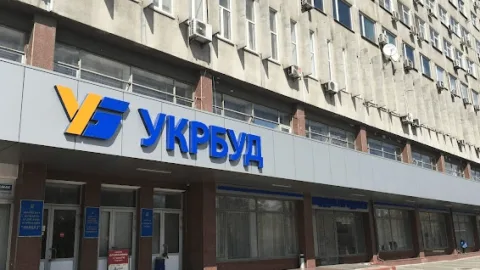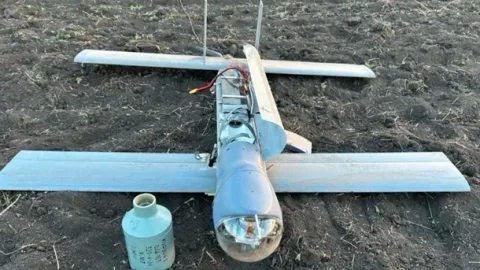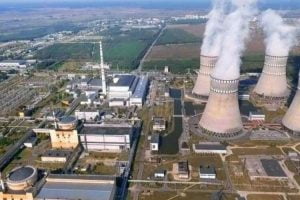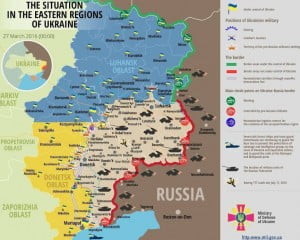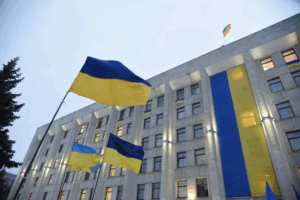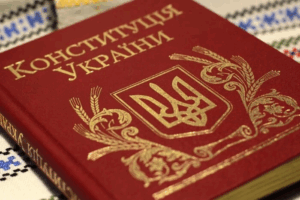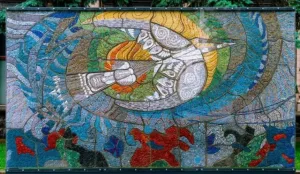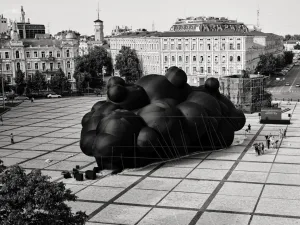Did you know that Crimea cost Ukraine (the Ukrainian SSR) nearly $100 billion?
200,000 indigenous people were deported, and over 1.5 million Russian-speaking settlers were brought in (including during the occupation period).
Those who claim that Crimea was “gifted” to Ukraine forget not only about the thousands of hectares of fertile land taken from Ukraine, but also about the enormous investments Ukraine made to save and develop Crimea’s economy.
According to historians, as a result of the territorial transfers to the RSFSR, Ukraine lost over 200,000 people — half of whom were ethnic Ukrainians — as well as more than 40,000 square kilometers of land.
For comparison: the area of Crimea is 27,000 square kilometers.
In monetary terms today:
The value of 40,000 hectares of fertile land in Ukraine is estimated at:
- $80–140 million (at a price of $2,000–3,500 per hectare)
For comparison, the value of 40,000 hectares of fertile land in Poland is:
- €320–480 million (at a price of €8,000–12,000 per hectare)
Another important point:
According to the 1926 census, around 4.5 million Ukrainians actually lived in RSFSR territories adjacent to the Ukrainian SSR.
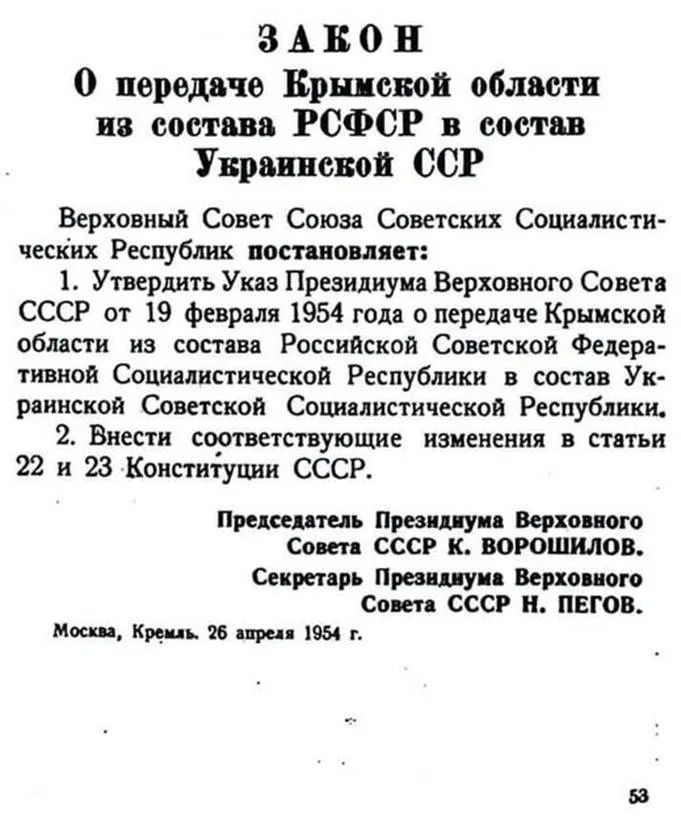
Now, regarding the costs associated with Crimea:
I’m not a historian, but here’s what I was able to find from public sources.
The transfer of the Crimean Oblast from the RSFSR to the Ukrainian SSR was carried out based on a decree by the Presidium of the Supreme Soviet of the USSR dated February 19, 1954.
Officially, the transfer was justified by the “economic commonality, territorial proximity, and close economic and cultural ties between the Crimean Oblast and the Ukrainian SSR.”
In the post-war period, Crimea was in a dire economic situation — agriculture had declined, industry was destroyed, and the demographic situation was worsened by the deportation of the Crimean Tatars.
Projects:
1. North Crimean Canal (1961–1975)
The largest infrastructure project was the construction of the North Crimean Canal — an irrigation and water supply system 402.6 km long, built to deliver Dnipro River water to the arid regions of Crimea.
Project cost:
Estimated cost of the first phase: 257.74 million rubles (at 1960s prices)
Adjusted to today’s value: approximately $2.5–3 billion (accounting for dollar inflation and purchasing power parity)
The canal zone saw the development of seven major irrigation systems: Krasnoperekopsk, Dzhankoi, Sovietsk, Rozdolne, and other 15.
Until 2014, the canal provided 80–87% (!) of Crimea’s total water intake.
2. Simferopol State District Power Plant (SDPP):
Commissioned on December 30, 1958
Modernized in 1984 and 1986: installation of gas turbine units costing 23 million rubles
Modern equivalent of modernization investments: approximately $150–200 million
3. Solar Power Plant SES-5 in Shcholkine:
Construction period: 1981–1985
Cost: about 26 million rubles
Modern equivalent: approximately $170–220 million USD
4. Revival of agriculture
Investments in agricultural development, particularly rice cultivation, had a significant economic impact. Thanks to the operation of the North Crimean Canal, net profits from rice farming were:
1964 – 1.8 million rubles
1965 – 4 million rubles
1966 – 6 million rubles
1967 – 10 million rubles
1968 – 11.5 million rubles
Total over 5 years: 33.3 million rubles, which is approximately $400–450 million in today’s equivalent
5. Construction of tourist infrastructure
Development of the sanatorium and resort network (1950s–1980s)
Construction and modernization of over 120 sanatoriums, including Dnipro, Miskhor, Kurpaty
Expenses: 85–100 million rubles (1950s–1960s)
Modern equivalent: $1.2–1.5 billion (adjusted for inflation and exchange rate)
Development of tourist camps and hiking routes
- Establishment of 27 tourist camps by 1983 (under KOSTE)
- Investments in hiking route infrastructure in the 1970s: 12–15 million rubles
- Modern equivalent: $180–220 million
Hotel complex “Tourist” (1980):
- Construction cost: 23 million rubles
- Modern equivalent: $340 million
6. Modernization of transport infrastructure
Expansion of Simferopol Airport (1980):
Cost: 45 million rubles → $670 million
Reconstruction of railway stations:
Cost: 18 million rubles → $270 million
Total investments
The total investments in Crimea’s development during its time as part of the Ukrainian SSR/Ukraine are estimated — depending on the methodology — at between $50 and $105 billion in today’s value.
This total includes:
- Direct capital investments in infrastructure projects
- Expenses for the restoration of industry
- Spending on social infrastructure development
- Subsidies and grants from the central budget
- Maintenance and operation of the created infrastructure
Let’s also not forget that over 200,000 Crimean Tatars were forcibly deported from Crimea by Soviet occupiers.
Approximately 800,000 people from other Soviet republics were resettled in Crimea.
According to some estimates, up to 1 million more people were relocated to Crimea after the beginning of the occupation.
This is what explains the “Russian-speaking” nature of the population in the occupied Crimea.
This post is also a response to that Tsar-faced clown (Trump) who wanted to hand over Zemstvo lands (Crimea) to the occupiers — a man who doesn’t even begin to understand the context.
But really, who could possibly explain it to him?
Read. Reflect. Share.
Follow for more.
Tags: crimea crimea ukraine russia investigation